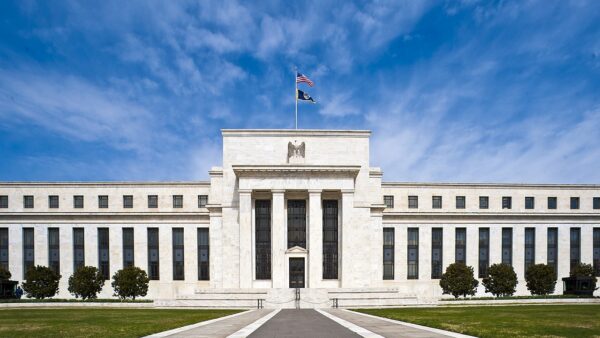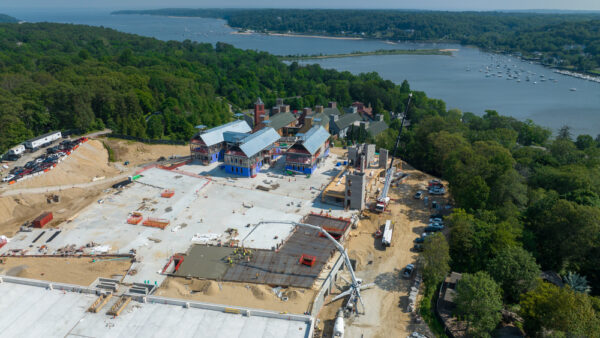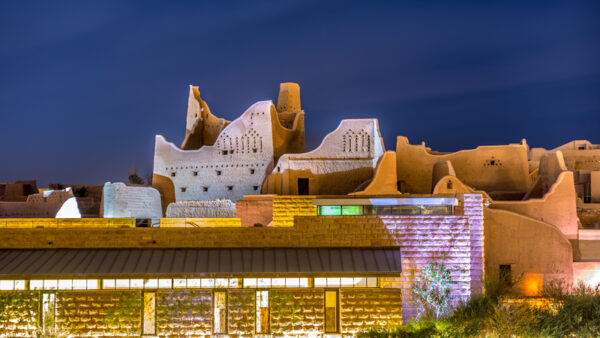South Korea’s industry minister said his country would “spare no efforts” to win the contract to build a reactor at the Czech Republic’s Dukovany nuclear plant.
Moon Sung-wook made his remarks during a visit to Prague, where he met Czech prime minister Andrej Babis to discuss nuclear cooperation.
According to South Korea’s official Yonhap news agency, the minister said his country would face “no hurdles” when bidding, unlike rivals from China and Russia which have been excluded on political and national security grounds (see further reading).
This means a three-horse race between Korea, the US and France for the contract to build the reactor.
The Dukovany power plant was built in the 1980s, and has four Russian VVER pressurised water reactors generating a little over 2GW of electrical power.
The Czech government is planning at least one new reactor, which will enter service in the mid-2030s, when the existing units are due to be decommissioned.
The work is expected to be tendered next year, with the construction beginning in 2029. The cost is expected to be about $6bn.
South Korea has built 27 nuclear reactors so far, and had notable success at the Barakah plant in the UAE, the first reactor to enter service in an Arab country.
The international market is vital to maintaining South Korea’s advanced nuclear industry, since future domestic projects were called into question after the 2011 disaster at the Fukushima Daiichi plant in Japan and a scandal involving falsified safety documentation.
At present, the government has set a goal of decreasing the number of reactors in operation from 24 to 17 by 2034.
The country has set a target of exporting 80 reactors by 2030. However, these may not be large-scale generation III types, like the Korea Electric Power Corporation’s flagship APR-1400, which was the type installed at Barakah. South Korea is developing a variety of advanced reactors, including small modular units that use fast neutrons and cooling systems based on liquid metal and hydrogen.
Image: The Dukovany nuclear site (Dreamstime)
Further reading:






